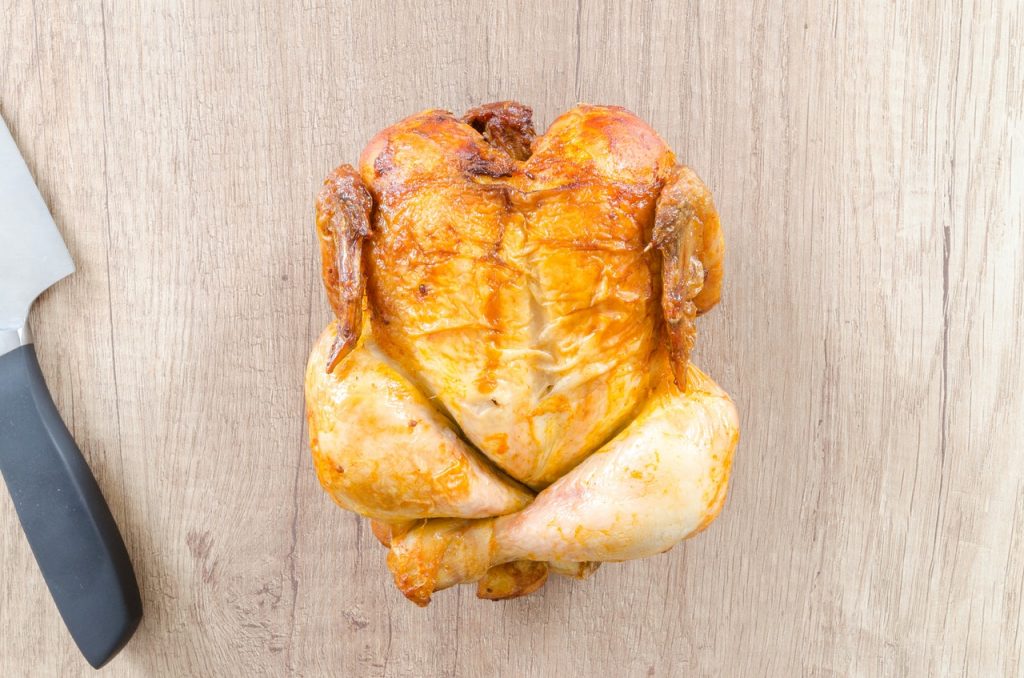Use a thermometer to be confident the turkey is done!
- For safety and doneness, the turkey’s internal temperature should be checked with a food thermometer.
- The temperature of the turkey and the center of the stuffing must reach a safe minimum internal temperature of 165 °F.
- Check the temperature in the innermost part of the thigh and wing and the thickest part of the breast.

- Request RSVPs so you know how much food to buy and prepare. Also, find out if your guests have any special dietary requirements or food allergies.
- When planning the meal, select a few recipes that serve well at room temperature to avoid an overloaded oven or refrigerator the day of the event.
- Calculate the cooking times and temperatures for your menu items to make sure you have the necessary cooking equipment to get everything done on time. To determine the cooking time for a turkey, refer to your recipe or a standardized cooking time chart that is based on the turkey’s weight and whether it will be stuffed or not.
- Make sure your food thermometer is in working order and calibrated.
- Check your inventory for cooking, serving, and storage containers needed for the meal. Inexpensive disposable containers can be a good option during the holidays. Also be sure you have plenty of aluminum foil and plastic wrap!
- While hardy vegetables such as onions, carrots and potatoes can be purchased a week ahead of time, it is best to purchase salad greens and perishable vegetables 1-2 days before the meal.
- Make room in your refrigerator for all perishable foods—both before and after the meal. To make more space, take out beverages and keep them chilled in a cooler filled with ice.
Adapted from The Partnership for Food Safety Education ‘Planning Tips for a Successful Event’. www.holidayfoodsafety.org


